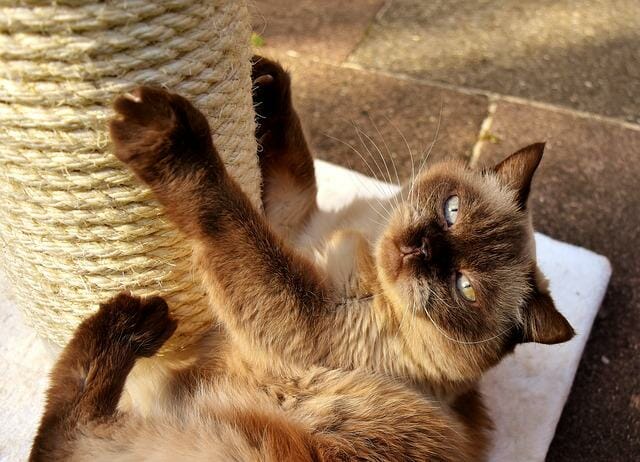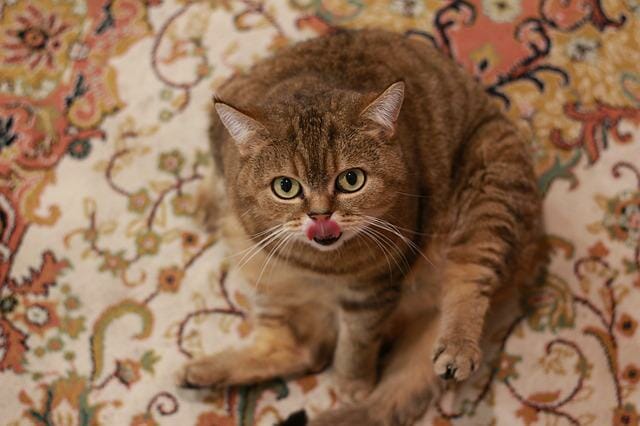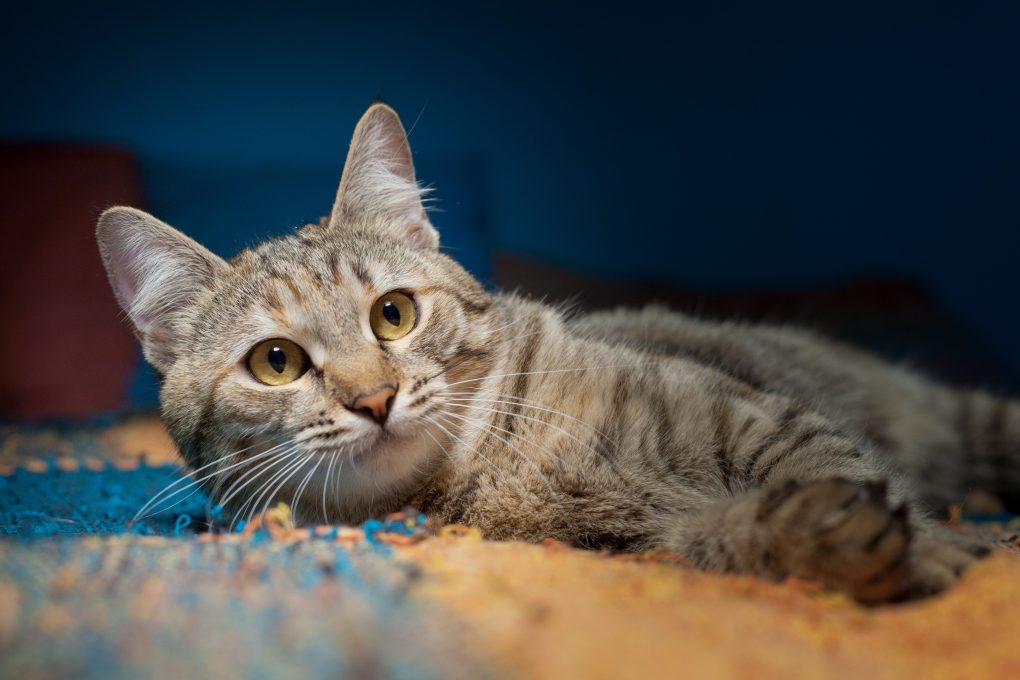How to Stop Cat From Scratching Carpets: Understand Why Cats Scratch Carpets
Cats naturally love to scratch, often using carpets and other surfaces. However, it can be frustrating when your cat damages your carpet.
Here are some tips to help stop your cat from scratching your carpet:


- Provide scratching posts: Provide your cat with a few sturdy scratching posts covered with a rough material, such as sisal or cardboard. Place the scratching posts in locations where your cat likes to scratch, such as near a window or a favorite sleeping spot.
- Redirect their attention: If you catch your cat scratching the carpet, gently redirect its attention to a nearby scratching post. You can also try throwing a toy or tossing a treat to distract them.
- Cover the carpet: Cover the areas where your cat likes to scratch with a plastic carpet runner or double-sided tape. Cats usually do not like the sticky feeling of tape, so they avoid scratching the area.
- Use deterrents: Various types can help discourage your cat from scratching the carpet. These include sprays, sticky mats, and noise-making devices.
- Trim their claws: Regularly trimming your cat’s claws can help reduce their desire to scratch. Use a pair of cat nail clippers, and avoid cutting the quick (the pink part of the claw).
- Give them plenty of exercise and playtime: Cats often scratch out of boredom or pent-up energy. Provide plenty of opportunities for exercise and playtime to help reduce their desire to scratch the carpet.
Table of Contents
Reasons Why Cats Scratch the Carpet
Marking Their Territory
According to Orange County, NC, cats use scratching to mark their territory. When they scratch, they leave behind their scent from glands in their paws, which tells other cats that the area is occupied. It’s a natural behavior for cats and helps them feel more secure in their environment.
Exercise
Scratching also serves as a form of exercise for cats. Scratching allows them to stretch and extend their muscles, particularly in their shoulders, back, and legs. It also helps them release tension and burn off energy, which is especially important for indoor cats who may not have as many opportunities to run and play as outdoor cats.
Providing your cat with adequate opportunities for exercise and playtime, such as interactive toys, climbing structures, and games of chase, can help satisfy their need for physical activity and reduce their desire to scratch inappropriate surfaces like carpets.
Sharpening Claws


Scratching helps cats remove the outer layer of their claws, revealing the sharper claws underneath. Cats use this natural process to keep their claws healthy and sharp. Additionally, cats use their claws for various tasks, such as climbing, hunting, and self-defense, so they must maintain their claws in good condition.
Providing your cat with appropriate scratching surfaces, such as scratching posts or pads, can help satisfy its need to scratch and prevent them from damaging carpets and other inappropriate surfaces. It’s also important to trim your cat’s claws regularly to keep them from getting too long and to prevent them from causing damage.
Boredom
Cats may also scratch out of boredom. If they don’t have enough stimulation or toys to play with, they may turn to scratching to occupy themselves. So it’s important to provide your cat with plenty of toys and opportunities for play and exercise, such as interactive toys, puzzle feeders, and climbing structures.
Additionally, rotating your cat’s toys and introducing new ones periodically can help keep them engaged and prevent boredom. For example, if your cat is scratching out of boredom, redirecting their behavior to appropriate scratching surfaces and providing them with mental and physical stimulation can help reduce their desire to scratch carpets and other inappropriate surfaces.
Stress or Anxiety
Stress and anxiety can also cause cats to scratch inappropriately. Cats may scratch as a way to relieve stress and release tension. For example, if your cat is scratching excessively or in unusual places, it could be a sign of stress or anxiety. Some common stressors for cats include changes in the household or routine, the presence of other animals, and lack of access to resources like food, water, and litter boxes.
To help reduce your cat’s stress and prevent inappropriate scratching behavior, try to identify and address the underlying cause of their anxiety. For example, providing your cat with a comfortable and predictable routine, ensuring access to adequate resources and safe spaces, and using pheromone sprays or diffusers can help reduce stress and anxiety.
Additionally, providing your cat with plenty of opportunities for exercise and play can help reduce their stress levels and redirect their scratching behavior to appropriate surfaces. If your cat’s behavior persists or worsens, it’s always a good idea to consult with your veterinarian for advice and guidance.
Habit


Cats can develop habits, and if they have scratched the carpet for a long time, it can be difficult to break the habit. Cats may sometimes continue to scratch carpets even if they can access appropriate scratching surfaces like posts or mats. To break the habit of inappropriate scratching, it’s important to redirect your cat’s behavior to appropriate surfaces and provide them with positive reinforcement when they use those surfaces.
One effective method is to make the inappropriate surface less appealing by covering it with double-sided tape or aluminum foil. You can also use a deterrent spray or natural repellents like citrus or eucalyptus. When your cat uses an appropriate scratching surface, reward them with treats, toys, or verbal praise. Over time, your cat will learn that scratching the appropriate surface is more rewarding than scratching the carpet.
It’s important to note that punishment or negative reinforcement is ineffective for stopping inappropriate scratching and can worsen the behavior. Instead, focus on positive reinforcement and providing your cat with appropriate outlets for their scratching behavior.
